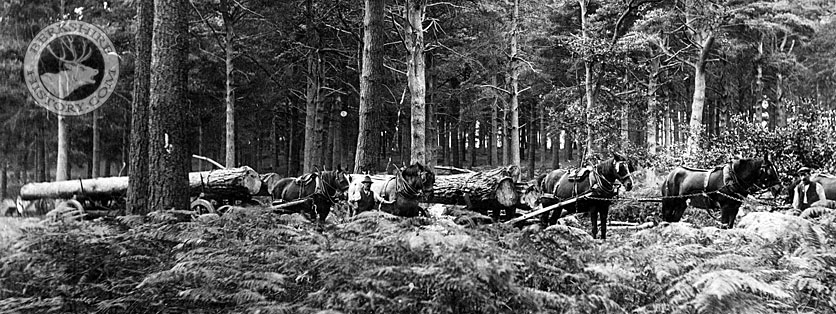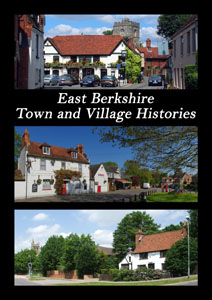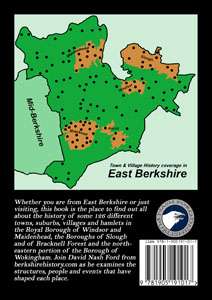 |
 |
||||||||
|
|
An ancient earthwork of some kind stands on Tower Hill in Swinley. Tradition connects it with the Anglo-Saxon Lady Aedflaed, owner of the surrounding Winkfield manor until she gave it away to Abingdon Abbey in 1015. There used to be the remains a ‘New Tower’ there, mentioned in the 17th century. Queen Anne and her husband loved to hunt through Windsor Forest and Swinley was one of their favourite haunts. They kept the Royal Staghounds at their kennels there and the master lived at Swinley Lodge, the centrepiece of Swinley Walke, a sub-division of the Forest. It was demolished in 1830. When the Queen became too old and heavy to ride, she created the rides throughout the Forest, so she could follow the hunt in her carriage. They were later extended by George III. He also hunted around Swinley and, in 1798 when the government were worried about a French invasion, he came to review the troops at their training camp there. South of Swinley is where Bagshot Heath once spilt over the Surrey border and stretched way into Berkshire. It was a desolate area, one of the most notorious for highwaymen and footpads, and their rotting remains could often be seen swinging in chains at Wishmoor Cross. Hence: Prepared for War, now Bagshot Heath we cross However, some travellers were not so badly treated. There is an old story told of the chivalrous French highwayman, Claude Duval, in which he took only £100 of £400 from a certain party on the condition that the beautiful young lady in the coach, dance with him. This tale, from the reign of King Charles II, is also claimed by Maidenhead Thicket and Hounslow Heath. On another occasion, Duval robbed Squire Roper, Master of the Royal Buckhounds, of 50 guineas and tied him hand and foot to a tree. Read more history of Swinley in David Nash Ford's book, 'East Berkshire Town and Village Histories'. Click to Order direct from the Author.
|
||||||||
| © Nash Ford Publishing 2002; Revised 2020. All Rights Reserved. | |||||||||





